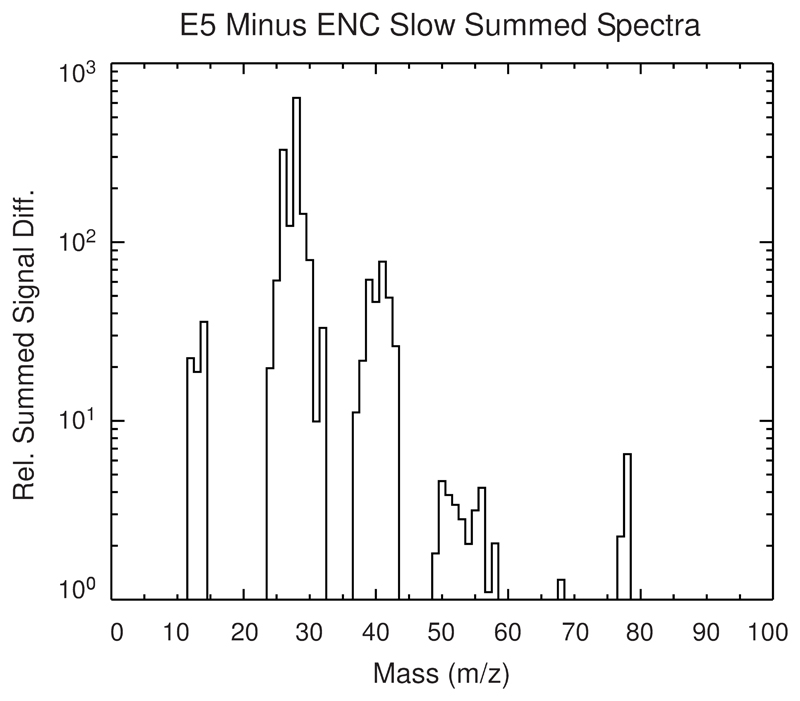Figure 3. INMS organic fragmentation spectrum.
By subtracting a plume-integrated INMS mass spectrum acquired at low velocities from a high velocity spectrum we obtain this residual we attribute to breakup products from high-mass species beyond the INMS mass limit at 99u (Methods 3a, ED Fig. 11). Abundances of these high-speed fragments are normalized to the abundance of CH4 (via its CH3+ ion at 15u which therefore has no signal in the residual spectrum). The species at 77u and 78u match the CDA benzene-derived cations at 77u and 79u. In contrast to CDA, INMS measures the composition of the neutrals and thus the neutral benzene ring (78u) is expected to have the strongest signal here. Many of the more abundant low mass species are in agreement with aromatic fragmentation and oxygen-bearing parent molecules. Additional mass lines only seen at high-speed flybys (50 – 56u) and much elevated signals in other masses (37 – 42u and 25 – 28u) indicate unsaturated fragments C4H2-8, C3H1-6, C2H1-4, in agreement with aromatic breakup products. Aliphatic fragmentation is required for the high-mass end of the C2 and C3 regions (29 – 30u and 43u). The overabundance at mass 28u (CO), 30u (likely H2CO), and 31u (likely CH3OH) requires a contribution of oxygen-bearing fragments (Methods 3a), consistent with CDA’s observations.

